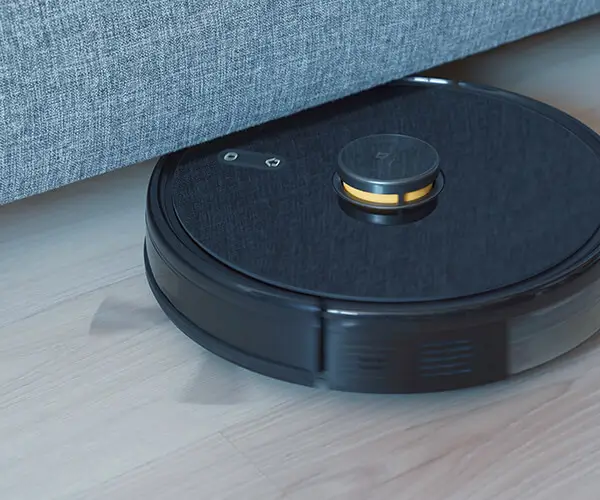Sure, let's dive into the wild world of microservices patterns with some Java flavor. Imagine you're building an app that’s as complex as a city. You could try to run everything on a single base station, but that quickly becomes chaotic—traffic jams, missed calls, and bugs everywhere. Instead, breaking it down into smaller, independent services makes a ton of sense. Each microservice handles one thing really well, and together they form a vibrant ecosystem.

So, what’s the secret sauce? Well, microservices patterns. Think of these patterns as proven strategies to organize your services, keep them resilient, and scalable. For example, the API Gateway pattern is like a friendly doorman. It filters and routes all requests, so users don’t get bombarded with internal complexities. You’ve seen it—your app calls one interface, and under the hood, it’s talking to different services seamlessly.
Then there’s the Service Registry and Discovery pattern, an essential behind-the-scenes actor. When your app needs a specific service, it asks the registry—kind of like asking Google Maps for the closest pizza joint. Why does this matter? Because services come and go—updates, scaling, failovers. The registry keeps track of who’s where.
Imagine handling a shopping cart, inventory, and payments all as separate services, but you want them to work together flawlessly. How do you do that? Enter the pattern of Saga. Think of it as a choreographed dance, where each step either completes or compensates when things go wrong. You’d rather ensure a user’s order isn’t charged twice or that inventory updates rollback if the payment fails.
But patterns only matter if they’re practical. That’s where Java shines. With the Spring Boot framework, implementing these patterns becomes quite a ride. You can map out clear interfaces, use annotations for discovery, and leverage built-in tools for fault tolerance—like resilience4j or Hystrix if you still groove on older libraries. It’s like having a toolbox full of ready-made parts to quickly assemble a resilient, scalable system.
Questions? Like, how do I keep my services talking smoothly without crashing? Or, how do I update one piece without ruining the whole thing? These patterns provide real answers. For instance, Circuit Breaker pattern helps your app avoid getting dragged down by a failing service. It’s like a safety switch in your power box—cutting the flow when something’s wrong and avoiding a meltdown.
In essence, if you’re thinking about creating systems that can handle growth, unexpected failures, and complex workflows, embracing microservices patterns with Java is a game-changer. It’s about crafting something that feels alive and responsive, splitting the monolith into manageable, independent parts, all while keeping your head clear and controls tight. Building this way? It’s not just clever; it’s a smarter way to run your digital city.
Established in 2005, Kpower has been dedicated to a professional compact motion unit manufacturer, headquartered in Dongguan, Guangdong Province, China. Leveraging innovations in modular drive technology, Kpower integrates high-performance motors, precision reducers, and multi-protocol control systems to provide efficient and customized smart drive system solutions. Kpower has delivered professional drive system solutions to over 500 enterprise clients globally with products covering various fields such as Smart Home Systems, Automatic Electronics, Robotics, Precision Agriculture, Drones, and Industrial Automation.




































